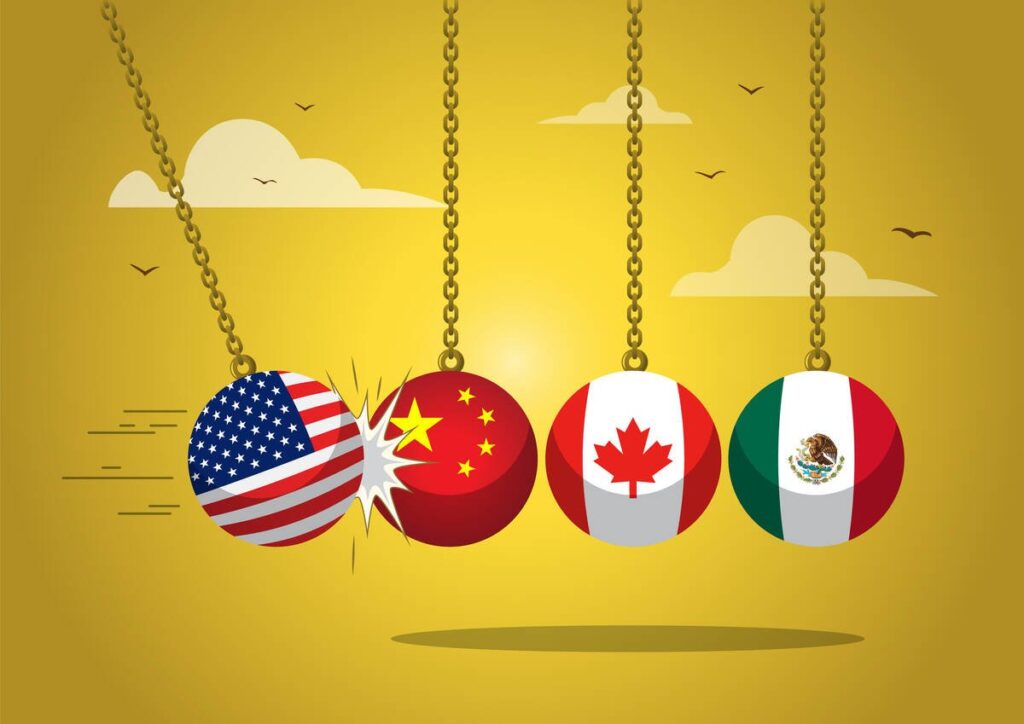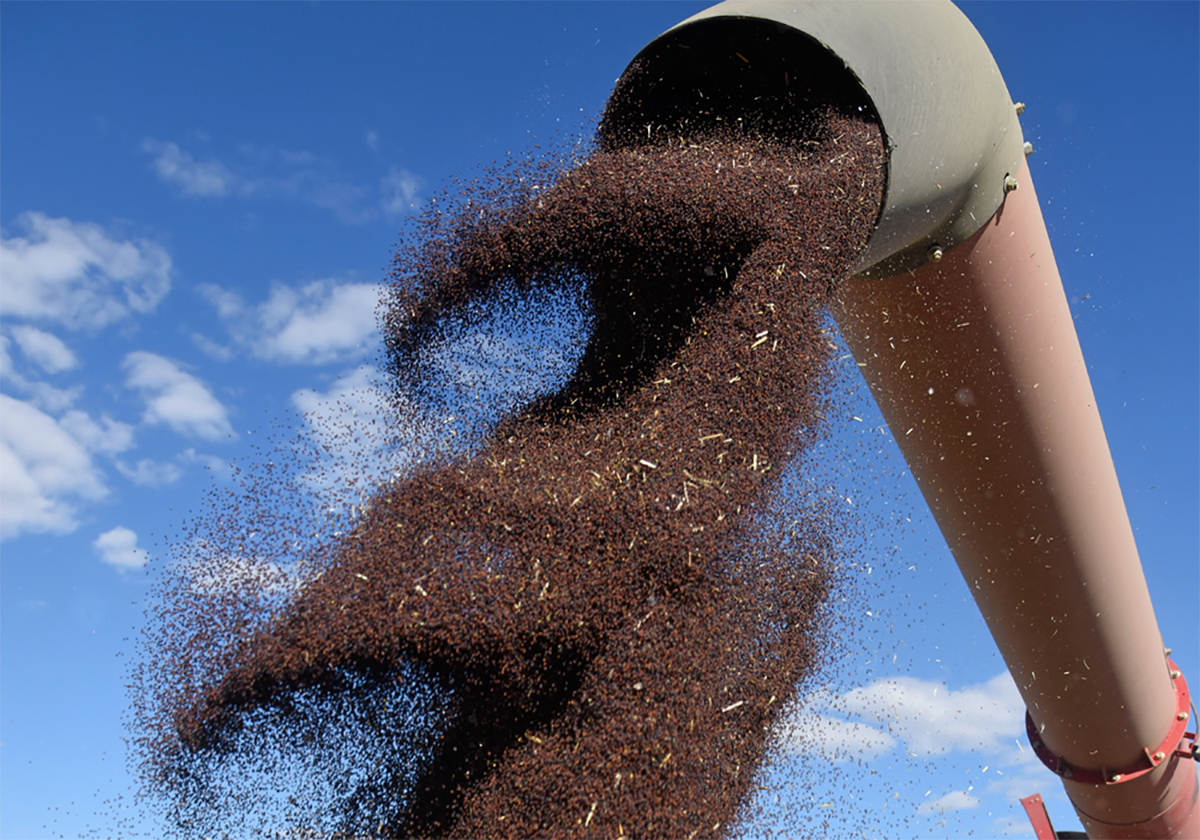American trade strategy starts to come into clearer focus

If you are having trouble making sense of the U.S. trade policy, please join the club.
If there is indeed a strategy, then we received some important clues during the past week. The U.S. appears intent on maintaining a tariff wall close to 10 per cent for most trading partners.
Follow all our tariff coverage here
Read Also


Tightening old crop supplies play role in canola futures
Canola futures traded at their highest levels in 18 months in early May, but the market also showed signs of running into resistance.
It is important to remember that average U.S. tariffs on trade before the announcements were significantly less than five per cent. When the dust is settled, U.S. consumers will pay more for goods and U.S. inflation will increase.
The first announcement last week was a “trade deal” with the United Kingdom.
This was less a trade deal and more of an agreement to talk about trade issues.
The United States enjoys a positive balance of trade with the U.K. but seems to be insistent on maintaining a 10 per cent base tariff rate.
The U.S. indicated that it would drop or reduce special tariffs on autos, steel and aluminium. American beef exports remain a bone of contention, with the U.K. continuing to ban growth hormone raised beef. The U.K did scrap tariffs on ethanol.
More consequential were trade discussions between the U.S. and China during the past weekend.
Although the U.S. administration has called this a trade deal, it is really a tariff pause of the current trade war between the world’s two largest economies.
The effective U.S. tariff rate for China was 145 per cent before the meeting and has been reduced to 30 per cent (10 per cent plus the 20 per cent fentanyl tariffs).
China will reduce tariffs from 125 per cent to a base 10 per cent rate. This is also more of an agreement to talk rather than a specific trade deal. The pause in tariffs has a 90-day window as discussions continue.
U.S. negotiators are bound to insist on specific Chinese trade targets, especially on agricultural goods.
The problem for the U.S. is that Chinese soybean demand from the U.S. is down as the Asian country relies on domestic supplies and Brazilian imports to satisfy most of its demand. The U.S. is now a residual supplier of soybeans to China.
The U.S. is significantly reducing its tariff rates from the initial values.
Although this may appear to be a retreat from the aggressive tariffs, it’s a mirage. The U.S. is certainly intent on maintaining tariff rates that are higher than what they were before U.S. president Donald Trump’s inauguration.
The economic impact is unclear but it still likely that the U.S. economy will go into a slowdown and/or recession later this year.
On the positive side, it now looks as if Canada is not a priority in these initial negotiations. It is likely due to the fact that Mexico and Canada have an existing trade agreement, and negotiations are likely to take a significant amount of time.
Bruce Burnett is Glacier FarmMedia’s senior editor for weather and markets.
Source: producer.com


